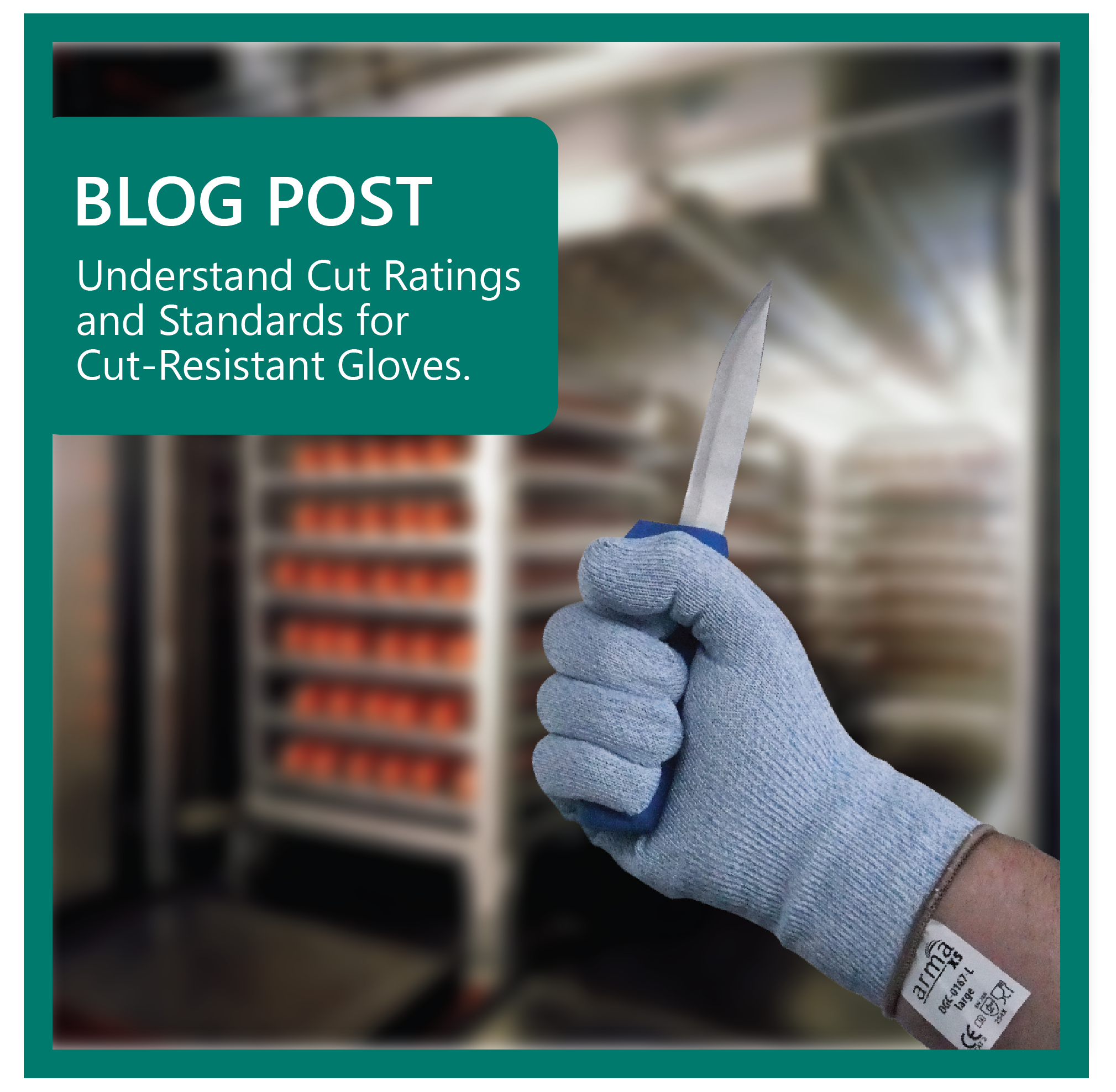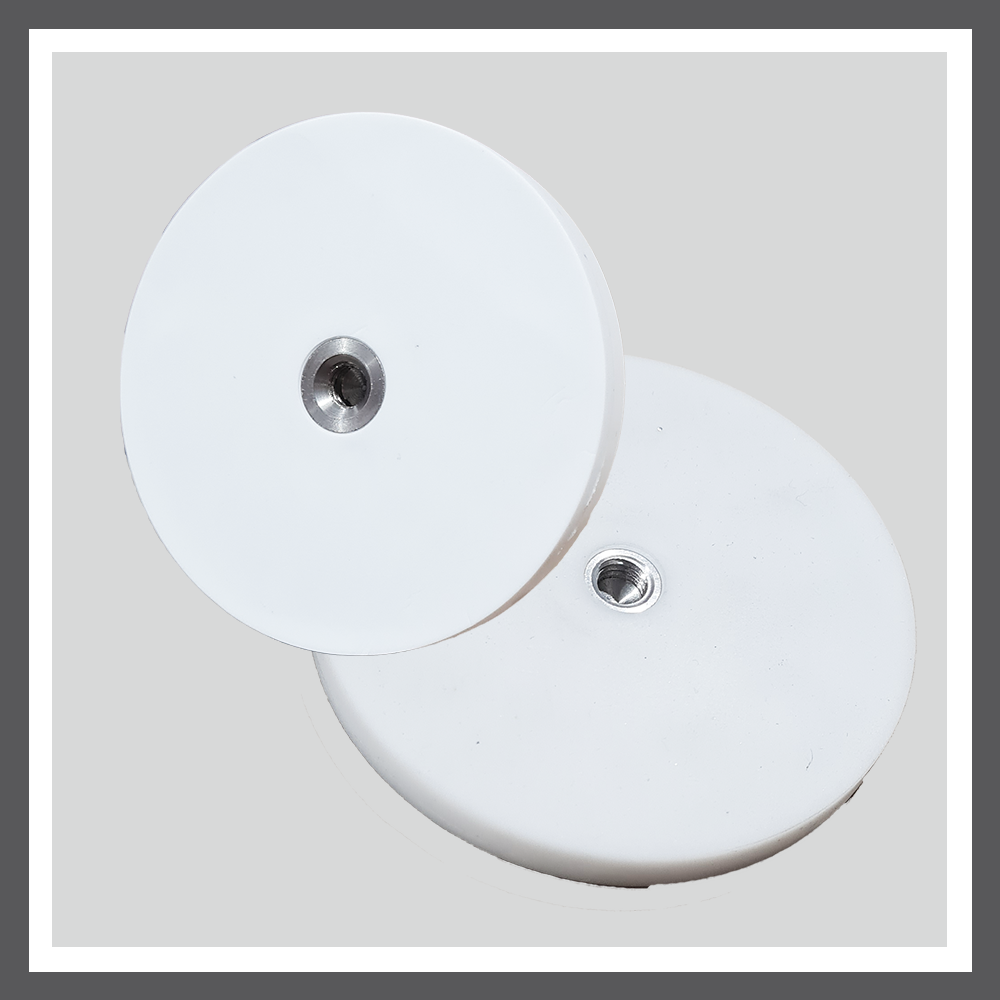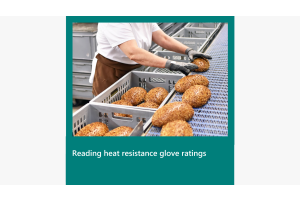safety
-
Posted: May 30, 2023Categories: Product ComparisonsRead more »
In the food industry, safety is paramount, and hand protection is no exception. Cut-resistant gloves are a critical component in ensuring worker safety. But with so many ratings and standards out there, it can become confusing to navigate and understand them all. In this blog post, we aim to simplify and explain the different cut ratings and standards, both old and new, that dictate the level of protection offered by cut-resistant gloves.
Understanding Cut Ratings and Standards
Before diving into specifics, it's essential to understand what cut ratings are and why they matter. In simple terms, cut ratings indicate the level of cut resistance offered by a glove. Higher cut ratings mean that the gloves offer better protection against cuts. These ratings are standardized by various bodies, each with different testing methods and rating systems.
1. EN388 (European Standard)The EN388 standard is a popular and widely
-
Posted: March 21, 2022Read more »
Necessity, as the old saying goes, is the mother of invention.
Food processors had a need, and Sanifix was created as the solution.
It is a unique system specifically designed for the food processing industry and the challenges involved in storage and dispensing.
It solves multiple auditing issues that regularly arise regarding holes in walls, and the hygiene and safety concerns this causes.
The main aim of the Sanifix system is to remove the need to penetrate into the walls of production facilities.But first, why are holes an issue?
Most food processing facilities use coolroom panel (or EPS) for walls due to its excellent insulation and ease to wash down. In a processing plant, space is valuable, and often cleaning equipment is stored on the wall out of the way. However, when attaching these to the wall, the most common method was using screws, and these caused holes in the wall. This then created further issues,







